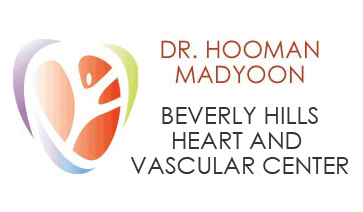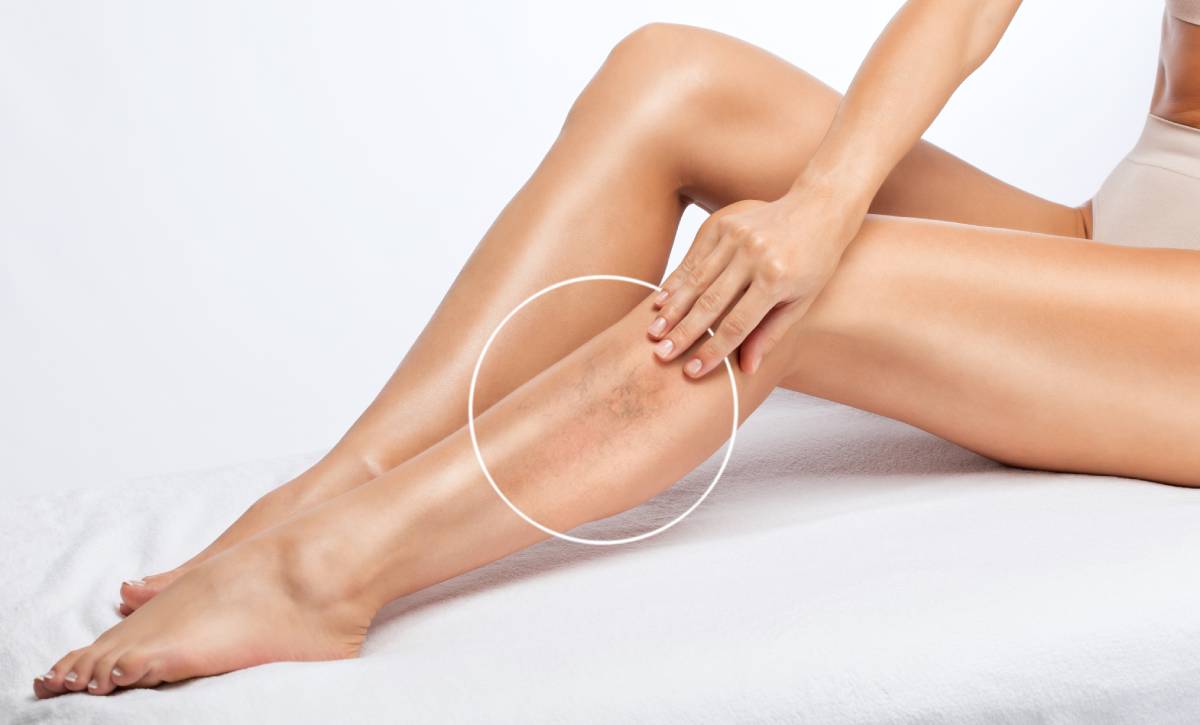Spider veins are commonly found in the lower extremities, such as the legs and feet, in specific individuals. Some patients report pain, including cramps, burning, leg fatigue, and itching with spider veins. The veins can also be found on the face in rare instances. Although spider veins can be treated, they may return after treatment.
Primarily an aesthetic issue, individuals seeking spider vein treatment should make an appointment with a cardiologist to discuss how the veins can return after treatment in some cases. Although spider veins can return post-treatment, procedures to remove these clusters of damaged blood vessels on the skin can be effective for years.
What to Do if Spider Veins Return After Treatment
If you received spider vein treatment and the veins return after treatment, reach out to your cardiologist or the doctor who performed the surgery. The return of spider veins depends on a number of factors, including how the veins were removed.
For instance, the severity of recovery depends on the number of spider veins, their location, and the type of treatment received. Depending on the type of treatment received, there may be an increased chance of spider veins returning.
How Do Spider Veins Develop?
Spider veins develop as a thread of veins and prominent clusters of small, damaged blood vessels, as stated by the National Library of Medicine. These veins appear from abnormalities found in capillary loops in the skin. Patients may have more than one risk factor for spider veins.
Risk factors associated with spider veins include having varicose veins, venous eczema, and chronic venous insufficiency. The veins may appear as thin blue, purple, or red, and the vein lines can take shape in the form of raised or flat lines. To identify the cause of your spider veins, a professional examination is necessary.
The Treatment of Spider Veins
Speak with your cardiologist about treatment options available for removing spider veins. A variety of treatments are non-invasive, adding to your peace of mind.
Treatment options to be considered include:
- Intense pulsed light (IPL) therapy is a non-invasive method using a hand-held laser device that is useful for treating spider veins located on the face.
- Sclerotherapy, a first-line attempt of therapy using ultrasonography to examine deep, perforating veins for obstruction
- Microphlebectomy, a process in which veins are extracted through tiny skin incisions with hooks that can cause scarring
- Thermocoagulation, a treatment using a high-frequency pulse from a fine needle inserted directly into the target blood vessel
A published study concludes that endovenous laser ablation has a low rate of varicosity recurrence and minor complications. Many patients choose laser treatment if available. As for varicose vein surgery, it is characterized by a high recurrence of 60% after 5 years of follow-up observation according to the National Library of Medicine.
What Happens to Spider Veins if Left Untreated?
If left untreated, spider veins are primarily a cosmetic issue. However, those seeking to remove the veins should reach out to their healthcare provider so tests can be performed to determine the location, seriousness, and intensity of the veins.
Although the appearance of spider veins may not be ideal, the cosmetic issue doesn’t necessarily require surgery or treatment. However, some individuals experience burning, severe itching, and pain caused by the spider veins.
Those experiencing pain from spider veins should have an open and honest discussion with doctors to learn more about the benefits, goals, and risks of spider vein treatment.
Discover Treatment Options for Spider Veins
If you or a loved one struggles with spider veins, consider the multiple treatment options available to remove the veins. Whether the spider veins are painful or simply an eyesore for you, treatments range in severity. Contact Beverly Hills Vein Center today to speak with a knowledgeable healthcare professional and schedule a consultation.

